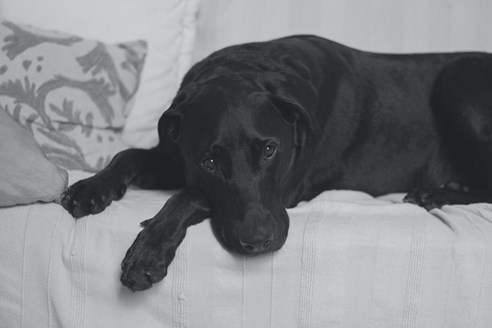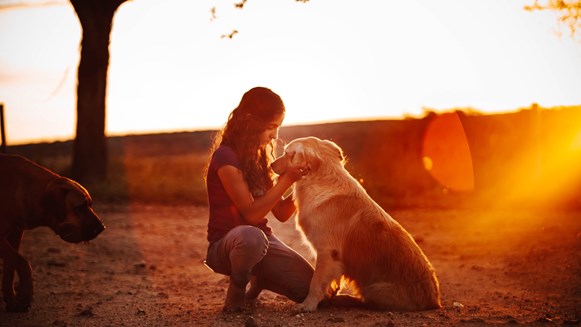
Dogs & Divorce: Tips For A Smoother Transition
Divorce is never easy, and it can stress out all of your family members, even down to your dogs. While the transition period after a divorce can be chaotic and uncertain, it’s up to you to make sure that your entire family, including your beloved pup, feels supported and safe. And though your dog might not understand quite what’s going on, there are many ways you can help him with this transition.
Understand Your Dog’s Role in a Divorce
One of the major concerns in a divorce is what will happen to your dog. Dogs in divorce are viewed as property. They’re a marital asset that needs to be given to either you or your ex. If you proceed to a divorce trial, a judge will be the one to decide who your dog will live with and belong to if you and your ex can’t agree among yourselves.
A more comfortable and better option for your dog is if you and your ex can either discuss the matter or use a divorce mediator to help you decide with whom your dog will live. In this situation, you can consider what’s best for your dog’s needs as well as your desire to have the dog live with you. You might even reach an arrangement where you share custody of your dog so he can still spend time with the whole family.

Help Your Dog, Help Your Kids
When deciding who your dog will live with, try to keep your dog with your kids if you have children. Divorce can be highly stressful for children, and this stress can affect all areas of their lives, including school. Kids can carry the stress and confusion of a divorce with them to school in an “invisible backpack,” which can lead to poor performance and behavioral issues.
But your dog can do a lot for your kids, and having your dog with them throughout the process can offer crucial emotional support. When your dog stays with your children, one more aspect of their lives will remain consistent. Dogs can comfort children, offering them a silent sounding board when they may be afraid to talk to anyone else.
Your dog can also remind your children that love is unconditional, an important lesson for them to understand during a time when their family dynamics are changing. Dogs can help kids through the divorce process in many ways, so regardless of who has custody of the children, work to ensure that the dog stays with the kids.
Stick to a Normal Routine
Try to keep your routine as normal as possible — and that includes your dog’s routine, too. Too much change in your dog's day-to-day life could add to the stress he experiences during this time. While it may be hard to keep your routine consistent, it’s an essential part of maintaining a healthy lifestyle for your pup.
If you and your spouse are already living in different homes, you might be facing challenges in sticking to the routine that your dog knows. For instance, if you’re at work and your spouse is always the one to let your dog out in the afternoon, you’ll need someone else to step into the role.
Consider hiring a pet sitter or a dog walker to help out. While this will be a new person in your dog’s life, chances are your dog will appreciate that the sitter can entertain him with his daily game of fetch or a long walk when you’re not able to be at home. Plus, if your dog isn’t used to being home alone for long periods, having a pet sitter stop by can make this transition easier.
Take Steps to Make The Move Smoother
If your family has to move into a new home, plan to make the move as smooth as possible. If your dog struggles with car rides, consider using an herbal remedy to help reduce your pup’s stress during the trip, and make sure that you have plenty of room in your car for your dog to ride safely and comfortably. Pack all of your dog’s essentials, like extra leashes, food, food bowls, and toys, into one bag or box that’s clearly labeled so you can quickly find it when you get to your new home.
You’ll also need to help your dog adjust to the new house. When you arrive, make sure that your dog is safely secured away until the movers are gone and the house is closed up, then let him out to join the family and explore. Get your dog’s toys and bed out right away to give him
the sense of some things being familiar, and try to position them in locations that are similar to where they were in the old house.
Try to schedule your move so that you can spend as much time as possible with your dog during your first few days in the new home. This will give you time to observe him and make sure that he’s okay, as well as to do essential tasks like walking the fence in your yard to make sure it’s dog-proof and taking your dog on a walk through the neighborhood to explore.
Conclusion
Divorce can be tough on everyone, but by also making sure you meet your dog’s needs during this time, you can help make the process easier for them, too.











